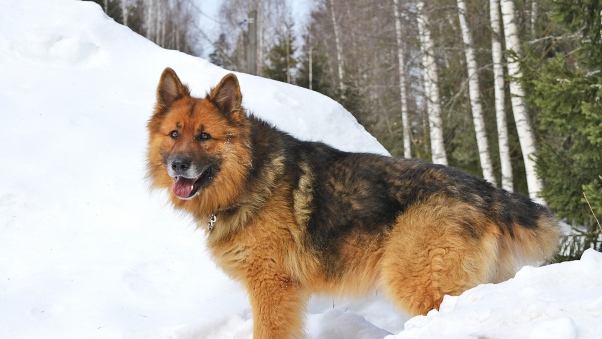Dogs, like humans, have 4 types of temperament:
⠀
▪️Sanguine – strong, balanced, active.
⠀
The processes of energization and inhibition are well-developed, but it’s important to work with such a dog correctly, in order to avoid overstimulation.
⠀
Sanguine dogs are energetic, active, can boast quick reflexes, are always on the lookout for new experiences, love learning and are highly adaptable.
⠀
There are downsides too: if you raise a sanguine dog incorrectly, there’s a chance that he/she will get easily distracted, have problems with attention span, tend to hurry and make mistakes.
⠀
▪️Phlegmatic – strong, balanced, inert.
⠀
A phlegmatic dog is calm, not prone to mood swings or aggression, has great stamina. But keep in mind that it is not easy for these dogs to start doing something new and they tend to learn slowly.
⠀
However, whatever they have learnt, they’ll most probably remember forever. On the one hand, it’s a big pro, since such a dog doesn’t require much work keeping the skill strong, on the other hand, it’s also a con: once you teach a phlegmatic dog a bad habit, it’ll be very hard to change it.
⠀
▪️Choleric – strong, unbalanced type. Such dogs are very excitable, but their inhibition processes are slow.
⠀
They are impulsive and quick, they give all of themselves to doing something they like. At the same time, they are prone to emotional outbursts and mood swings.
⠀
These are great working and sport dogs, but if not handled correctly or overworked, they can get emotional, uncontrollable and aggressive.
⠀
▪️Melancholic – the processes of energization and inhibition are not well-developed. These are the dogs “with sensitive souls”: they get sad about anything, often tend to be shy. Even though they are very sensitive, it sometimes might seem as if they barely react to the things happening around them.
⠀
These dogs suffer from distress much more often than others.
⠀
Dog parents often can’t identify their dog’s temperament correctly.
⠀
For example, it’s not uncommon for sanguine dogs that weren’t trained well, taught to control themselves or given enough physical and mental activity, to be called choleric.

